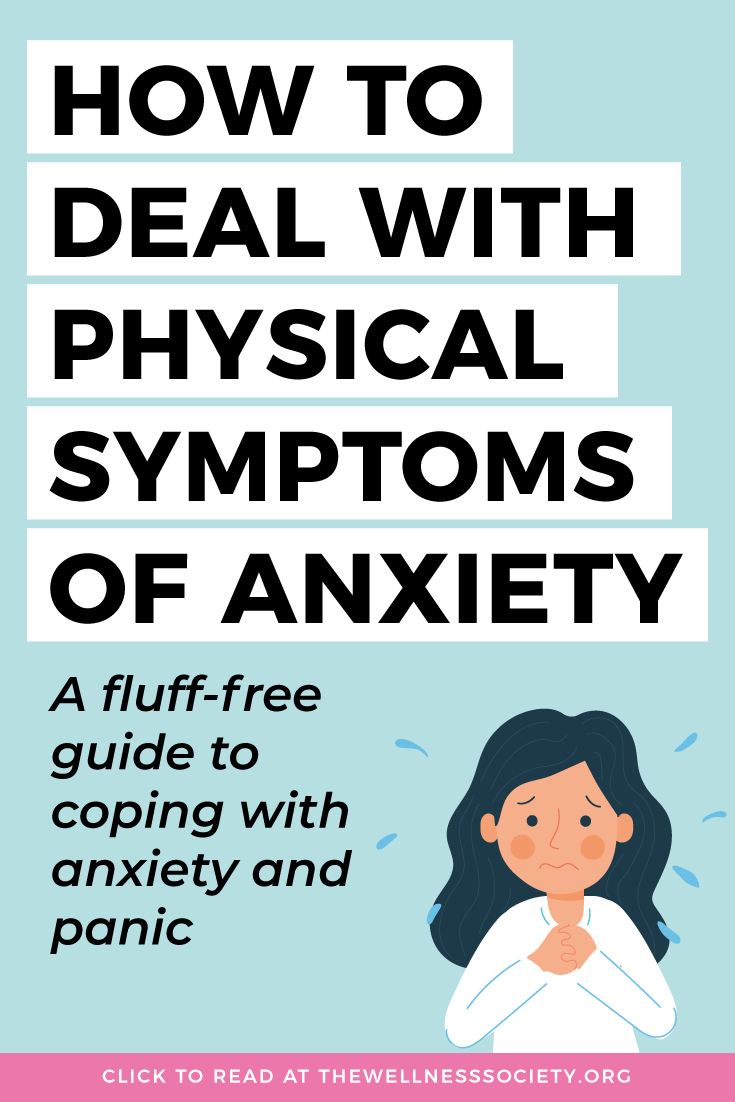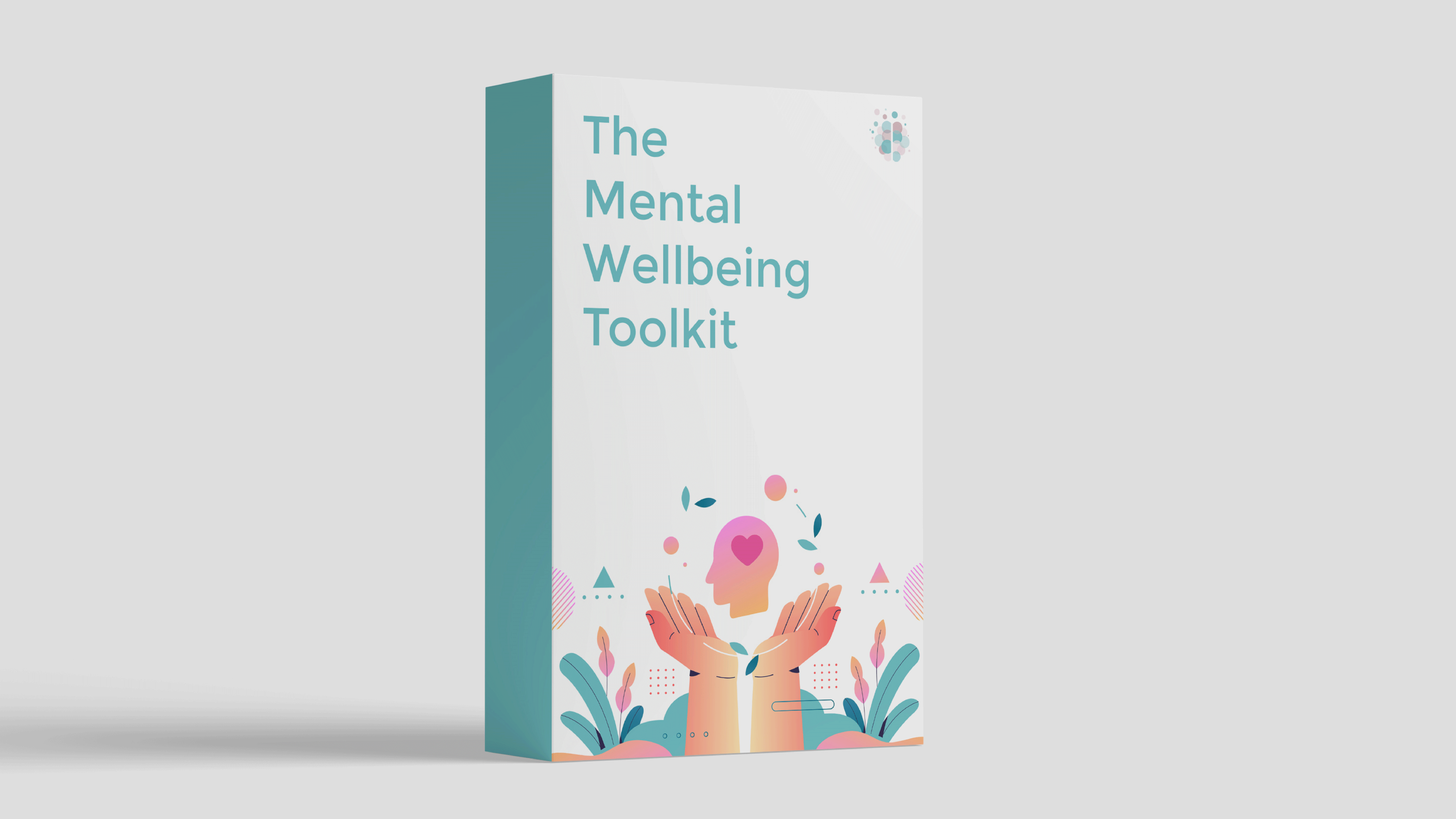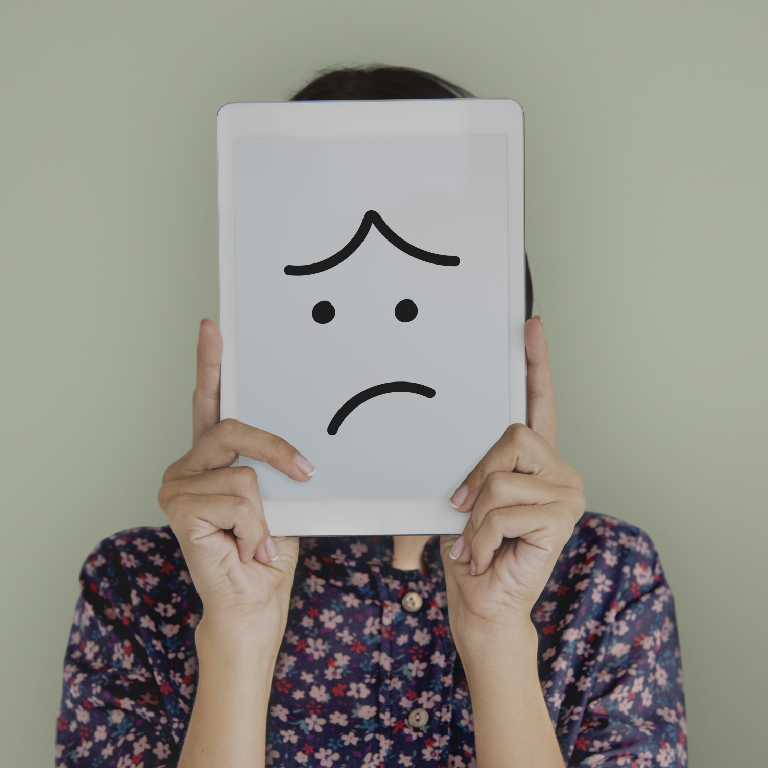Firstly, panic attacks can be really scary.
What is panic?
Panic attacks often come out of nowhere. They can make you feel like you’re going to die, faint, be sick, or experience other unpleasant sensations.
The physical symptoms of anxiety can be so strong, in fact, that they may lead you to pay a visit to the doctors, or even the emergency services.
So, if you've made that trip to your GP and everything appears okay health-wise, it’s time to consider what else could be going on!
The Adrenaline Response
A panic response or ‘panic attack’ is the body’s way of responding to a perceived threat or danger.
In order to understand this further, let’s cast our minds back thousands of years to when we were cave people, stumbling across a scary tiger or bear that posed a threat to our safety.
In this situation, our body would physically get itself ready to do one of three things - fight, flight or flee - in order to either face up to the threat, run away or disguise itself.
Faced with a threat, our body would try to assist us in a variety of ways, including:
- Increasing our heart rate to get oxygen around our body quicker
- Dilating our pupils to increase our focus (i.e., tunnel vision)
- Pumping us with adrenaline to help us focus and process information quicker
- Purging ourselves to become lighter in body weight in order to run faster
These physical symptoms of anxiety all helped enhance our survival skills and contributed to our evolution – in other words, they kept us alive!
Unfortunately, fast-forward to the present day and our bodies have not kept pace with the rapid rate of development of the human race - we’ve retained a lot of the same ‘survival mechanisms’ we had when we were cave men.
Some of our innate reactions do still prove useful. For example, letting go of a hot object to avoid scolding or standing back quickly to avoid a passing car. However, whilst we (hopefully!) no longer have to face the threat of a bear or tiger, these same instincts can become easily confused under stress, resulting in our body’s incorrectly raising the alarm that danger is near.
Particularly when we’re feeling overwhelmed, our bodies can easily misread any given situation as ‘life threatening’, thereby triggering this panic response and those not-so-helpful physical symptoms of anxiety.
Common Physical Symptoms of Panic
- Fast heart rate
- Fast breathing
- Stomach churning
- Feeling faint, light-headed or dizzy
- Feeling sick or queasy
- ‘Tunnel vision’ or blurry sight
- Shaking or sweating
- Aftermath of heartburn or acid reflux
So, how can you cope with the physical symptoms of anxiety?
1. Remember It Will Pass
It can be helpful to remember that this is a very common response that your body is employing to protect you, and you can ride it out. You are not going to die. If you really were having a heart attack, would sitting down or leaving the situation really make it go away?
2. Ask Yourself: Do I Really Need to Leave This Situation?
Often people want to avoid perceived unpleasant consequences such as embarrassment, being sick or passing out in front of others. We often think we won’t be able to ‘cope’ if we stay in an anxiety-provoking situation.
However, the body can only experience symptoms of anxiety for a maximum of around 45 minutes due to a process known as ‘habituation’. So, if we can prove to our bodies that there’s nothing to fear by staying in the situation and riding it out, the anxiety spike should naturally begin to fall.
3. Watch for Safety Behaviours
When experiencing the unpleasant physical symptoms of anxiety, the body looks for ways to combat this.
Common examples include leaving or avoiding a situation, looking for escape routes, fidgeting with something, having a drink, listening to music, or reaching for some other object to distract you.
Psychologists call these 'safety behaviours'. While these measures may provide some temporary relief, it may not be a helpful to rely on them in the long term.
4. Breathing Exercises
We know the body cannot stay anxious when we’re breathing slowly and lightly. However, this often takes around 5-10 minutes to have a noticeable effect. Find a breathing exercise that works for you and practice it in front of a mirror to make sure you can execute the technique correctly when you need it.
5. Get Some Rest
Experiencing physical symptoms of anxiety can be harsh on your energy levels. If you experience an episode like this, do something nice for yourself after and rest up. Reward yourself for getting through it and look after your body so it can rest and recover. Self-care is key.
Self-Guided Support for Anxiety and Panic
Research shows that self-help materials are often enough for people to overcome mild to moderate mental health difficulties without professional support.
If you’re interested in a self-guided program that includes tools from CBT, ACT and more, be sure to check out The Mental Wellbeing Toolkit. It's "like 10 therapy sessions in one."

About Brittany
Brittany is a Psychology and Counselling graduate currently working as a Psychological Wellbeing Practitioner in the NHS. She has a background within psychological theory, therapeutic counselling, CBT and knowledge of associated psychological difficulties, with experience and expertise in anxiety disorders."Encouraging people to learn to live a better quality of life and importantly, not let their mental health difficulties define them is paramount to me."
Pin For Later




